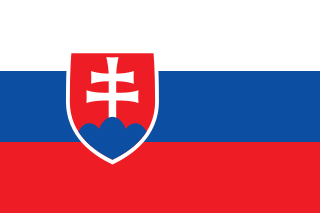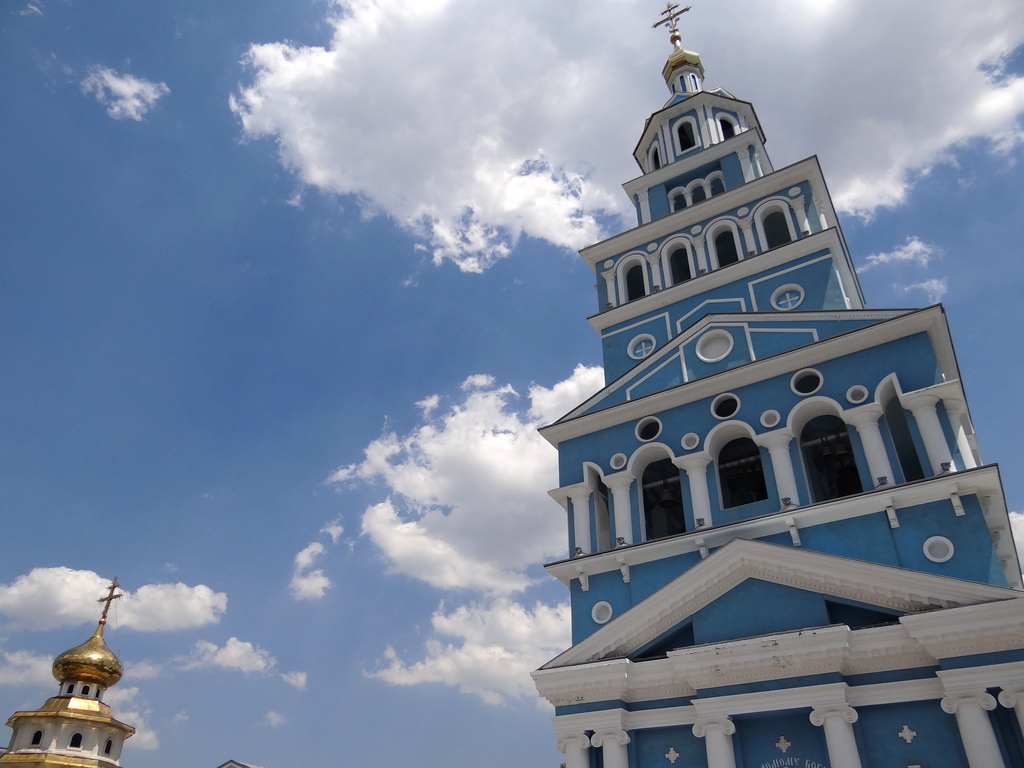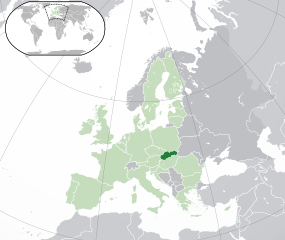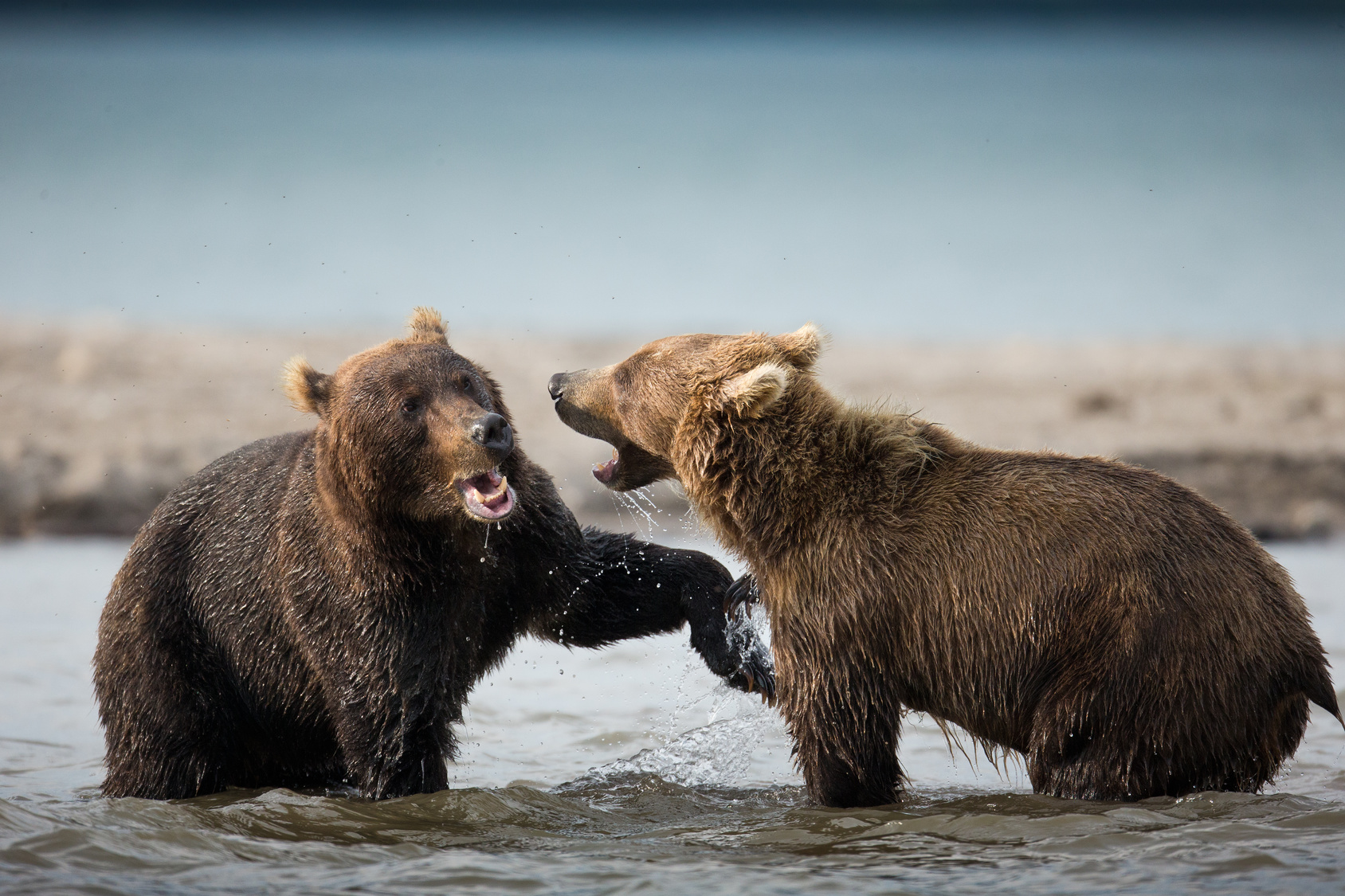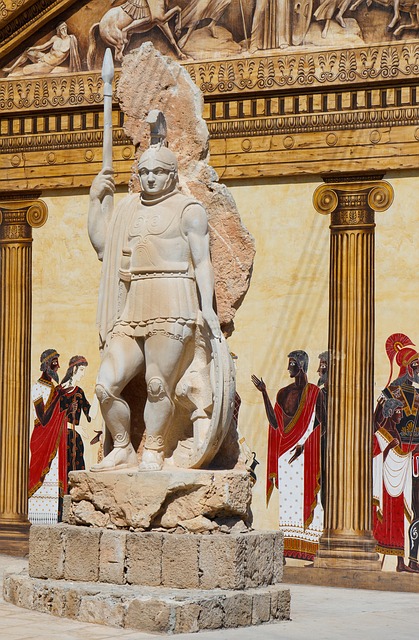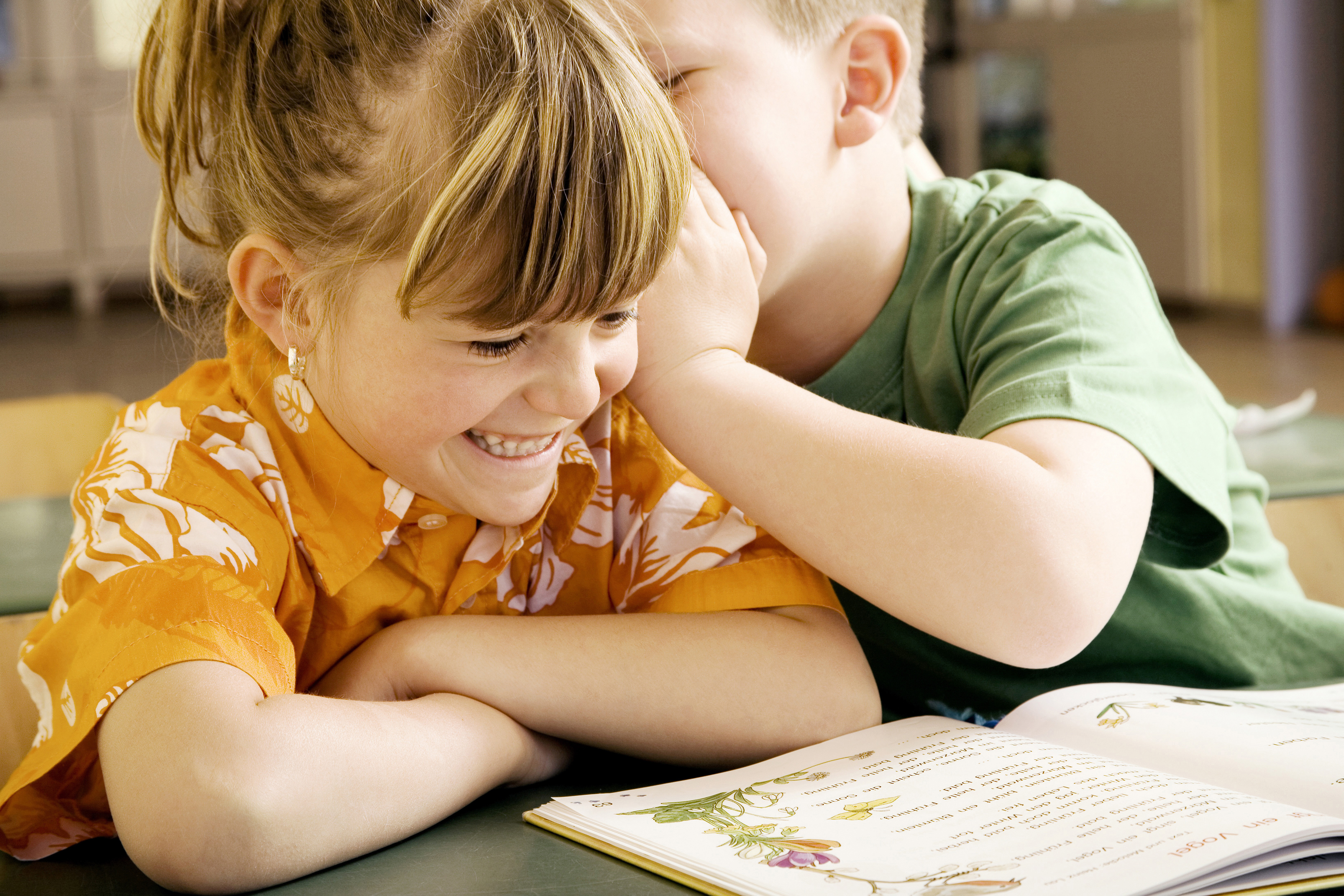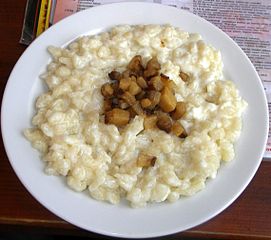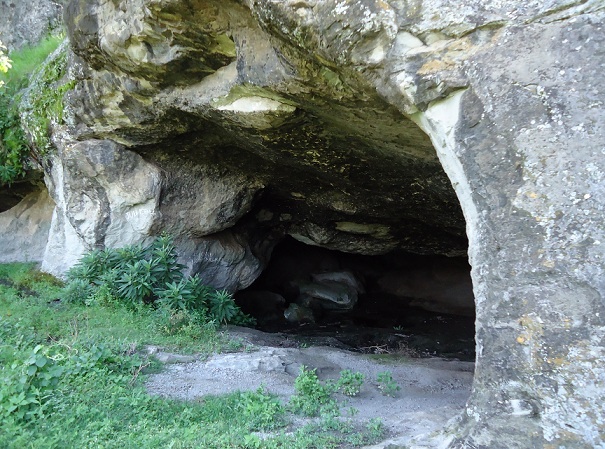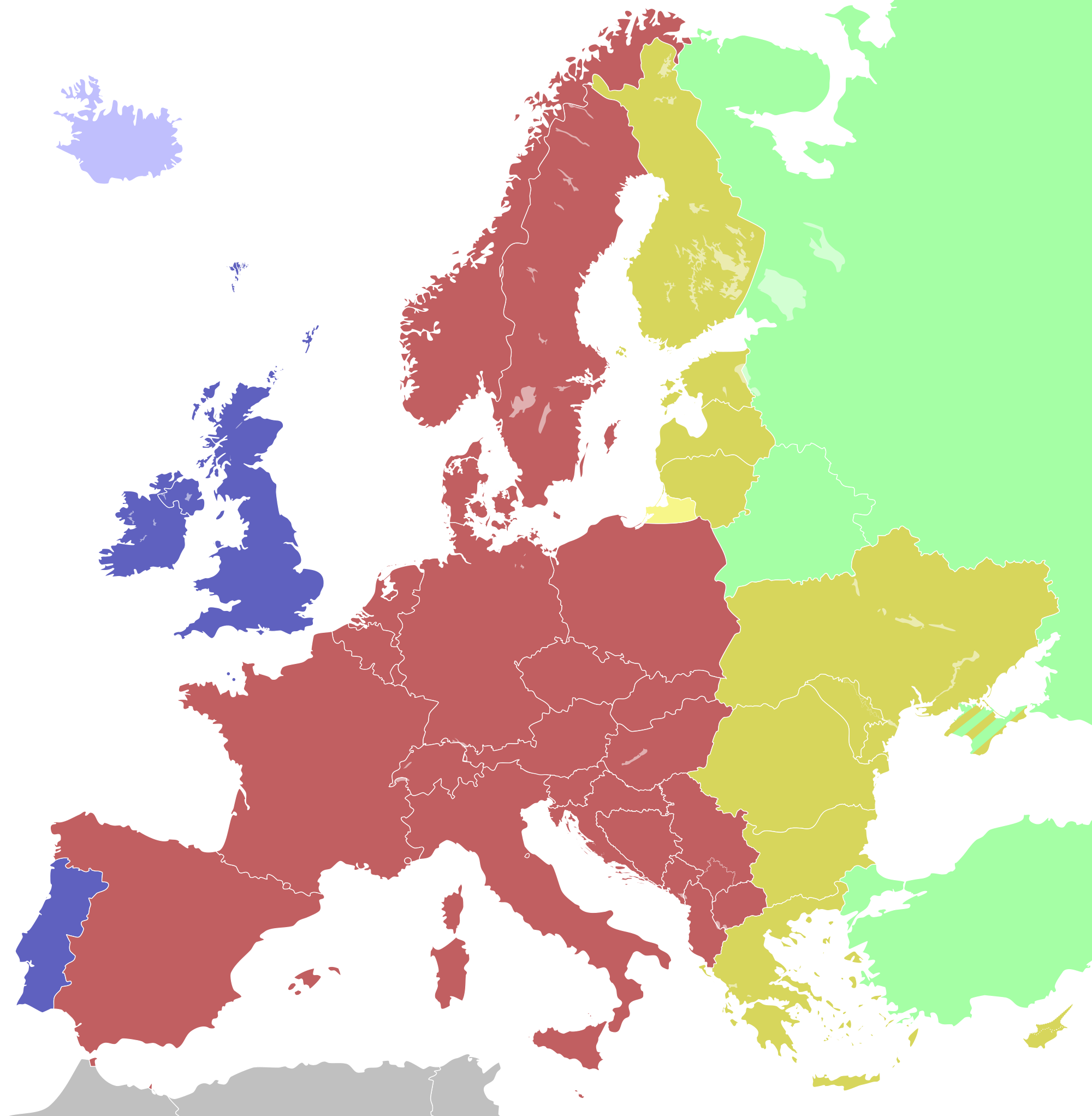Slovakia Facts
Slovakia is a country in central Europe. This tiny country was once part of Czechoslovakia and was ruled by the Soviet Union (Russia) for 75 years.
It broke away in from the Soviets in 1990 and separated from the Czech Republic in 1993 to become its own independent nation.
Quick Facts
Capital: Bratislava
Population: 5,400,000
Key Cities: Bratislava (capital), Presov, Kosice, Zilina, Martin, Poprad
Official Language: Slovak
Major Religions: Roman Catholic, Protestant
Geography
Bordering Countries: Czech Republic, Poland, Ukraine, Hungary, Austria
Size: 18,859 square miles
Lowest point: Bodrok River – 308 ft.
Highest point: Gerlachovsky Stit – 8,711 ft.
Slovakia is a landlocked nation in Central Europe. This means that it has no access to the ocean, and is surrounded by land on all sides.
It is a relatively small nation. In fact, it is only about twice the size of the state of New Hampshire.
Slovakia is noted primarily for its mountainous nature. The Carpathian Mountains are in the north, and various lowlands are in the south.
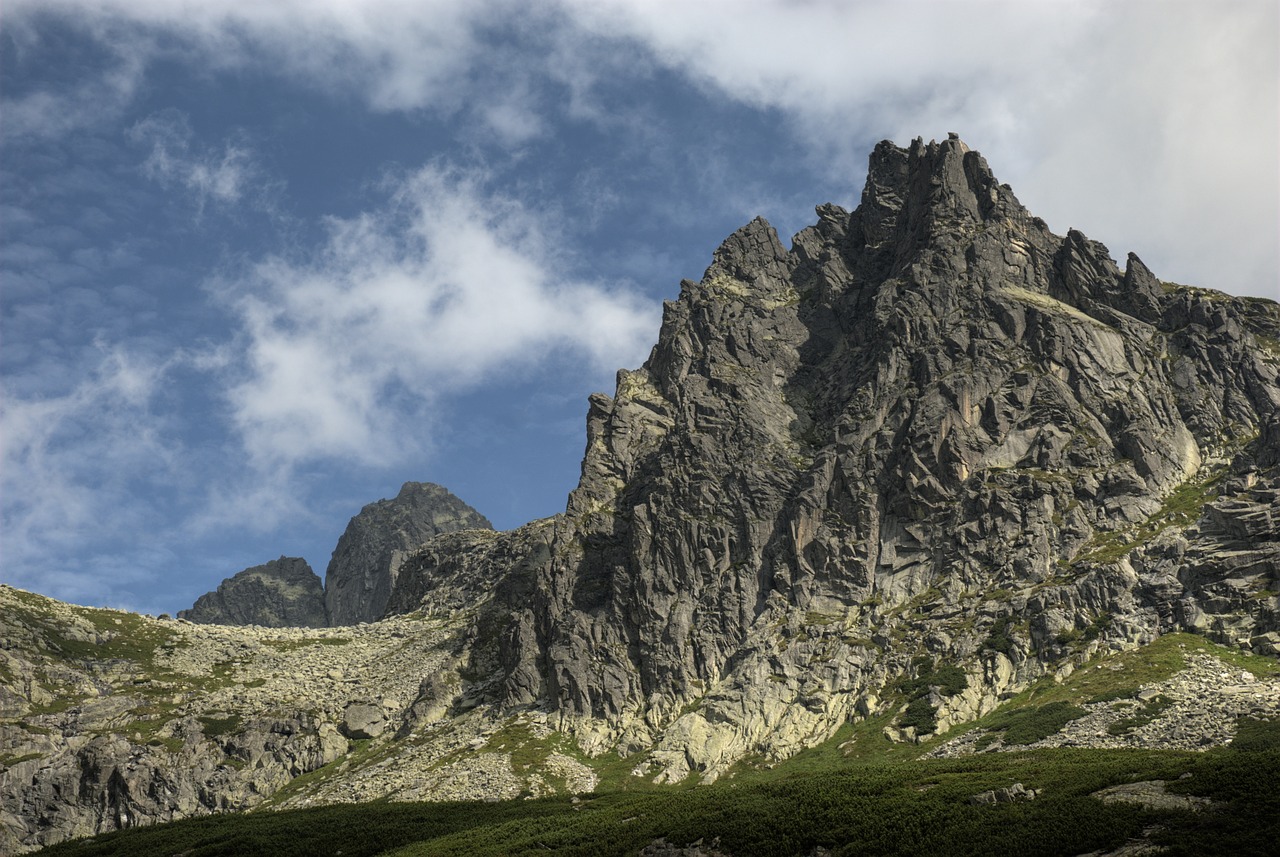
The highest mountain range is the Tatra Mountains. The Danube, Vah, and Hron are the major rivers.
Slovakia’s climate is humid at lower altitudes. This includes warm summers and humid winters. At high altitudes, however, the climate is subarctic and alpine.
The varied landscape of Slovakia supports a wide variety of animal life. This includes bears, wolves, lynx, wildcats, marmots, otters, and minks.
History
The area known as Slovakia has been inhabited by various groups of people for thousands of years.
The Celts started to settle the area of modern-day Slovakia in 450 BC. They created the first system of writing known as Biatec.
The Roman Empire established a series of outposts along the Danube River but never had a full settlement in Slovakia. They fought with the various Germanic tribes of the area.
Current day Slovakia can be traced to the Great Moravian Empire. This Empire was formed in the 9th century.
When Great Moravia was at its peak, it included parts of Poland, Hungary, the Czech Republic, and Slovakia.
After the Empire collapsed, Slovakia became part of the Hungarian Kingdom for over 1,000 years.
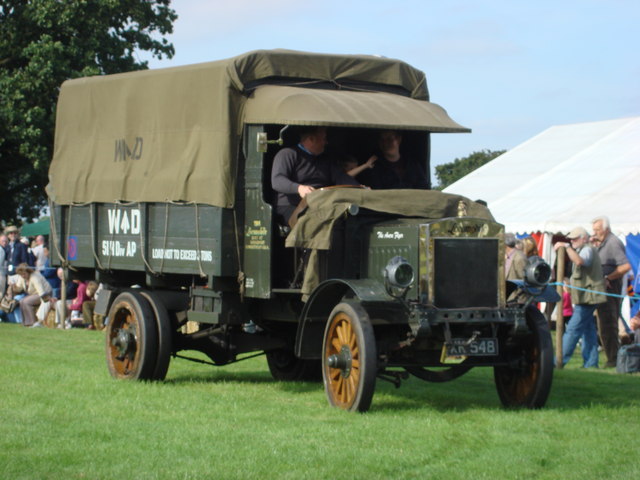
After WWI, Slovakia became a part of the independent country of Czechoslovakia. Their first president, Tomas Masaryk, was elected in 1918.
After WWII, Czechoslovakia became a puppet Communist state of the Soviet Union.
After the collapse of the Soviet Union in 1989, Czechoslovakia became free. The Slovaks and Czechs decided peacefully to separate. This is known as the Velvet Divorce.
After this separation, Slovakia became a fully independent nation in 1993. It later joined the European Union in 2004.
Economy
Though Slovakia is a relatively small country, it has a widely varied economy. Its major industries include many different manufacturing industries and agricultural production.
These major industries include metal production, electricity, gas, oil, nuclear fuel, chemicals, machinery, paper, rubber products, textiles, and ceramics.
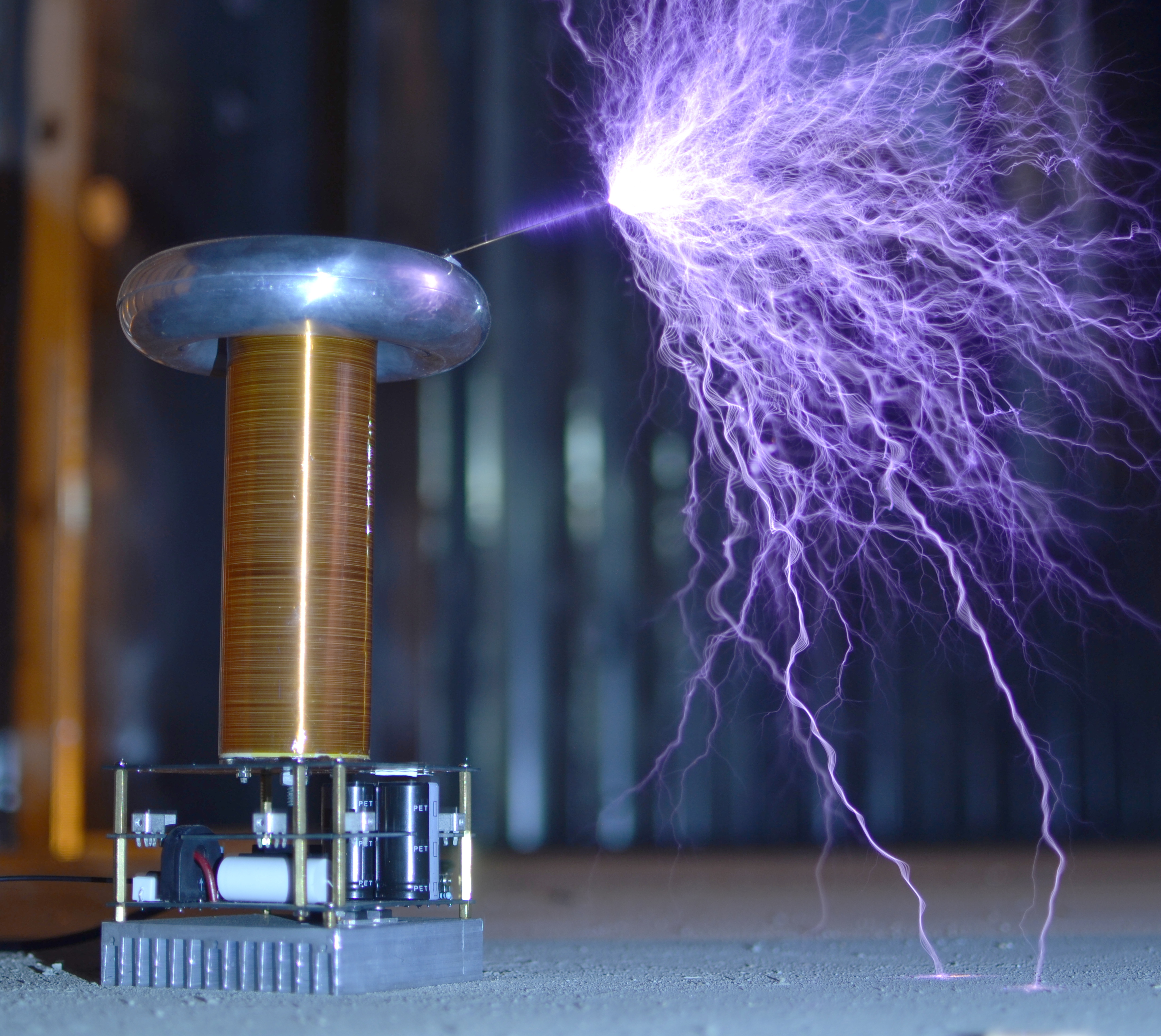
There are also a large number of natural resources, such as iron ore, copper, and salt.
The currency that is used within Slovakia is the Euro and the Slovak Koruna (SKK).
The national GDP (gross domestic product) of Slovakia is $126,900,000,000. This makes it one of the healthiest in all of Europe.
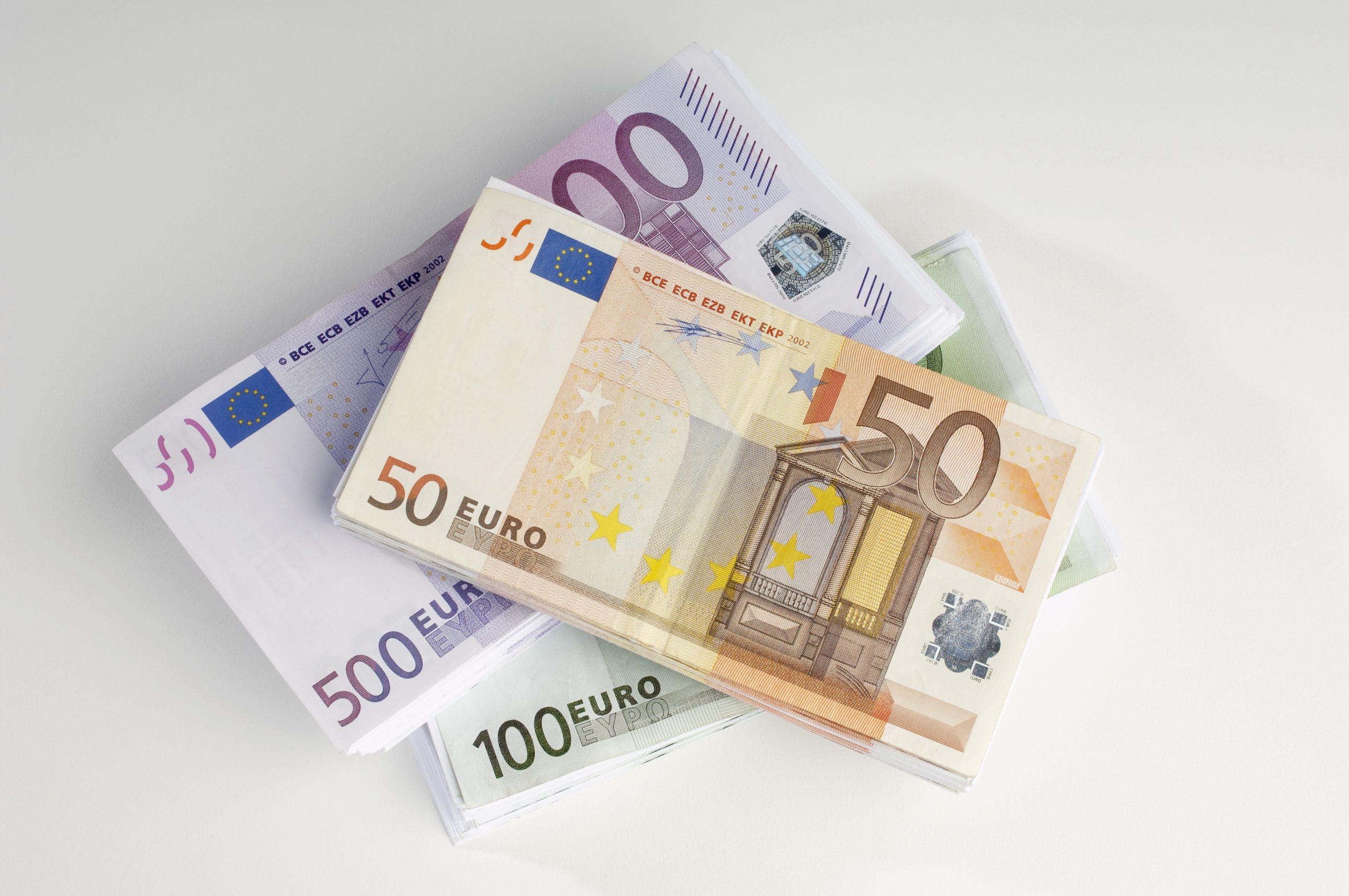
Culture
As with many European countries, the family is very important in Slovakia. It is not uncommon for families in rural areas to have children, parents, and grandparents under one roof.
This arrangement allows grandparents, especially grandmothers, to help care for children so their parents can work.
Families in urban settings have started to focus more on the nuclear family. While grandparents are nearby, they do not always live in the same home.
Slovakian food is unique. True Slovak food and recipes, unlike another type of cuisine, cannot be found outside of Slovakia.
Slovakian dishes use items such as pork, poultry, cabbage, wheat, cheese, potatoes, onions, and garlic.
Famous Slovakians
Andy Warhol – Artist
Marian Hossa – Hockey Player
Adriana Sklenarikova – Supermodel
Aurel Stodola – Inventor
Ondrej Nepela – Figure Skater
Ludovit Fulla – Painter
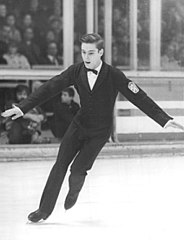
Fun Facts About Slovakia
Slovakia is the home to the world’s highest number of castles and chateaux per capita.
There are over 1,300 mineral springs in Slovakia.
There are more than 6,000 caves in Slovakia. There are more caves being discovered every year.
The capital city of Slovakia, Bratislava, lies on the borders of Austria and Hungary. This makes it the only capital city in the world that borders the two countries.
Slovakia is the geographical midpoint of Europe.
In Slovakia, you can ride the national rail system for free if you meet the proper requirements. This includes those with student status, children, and the elderly on a fixed income.

